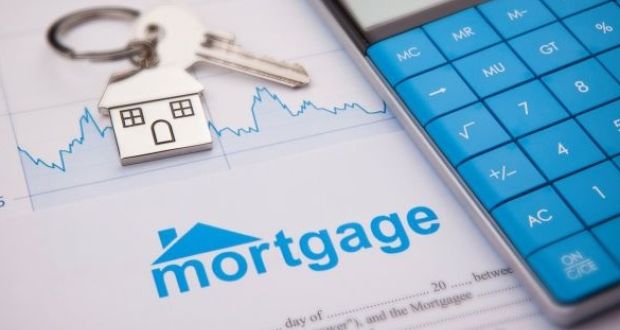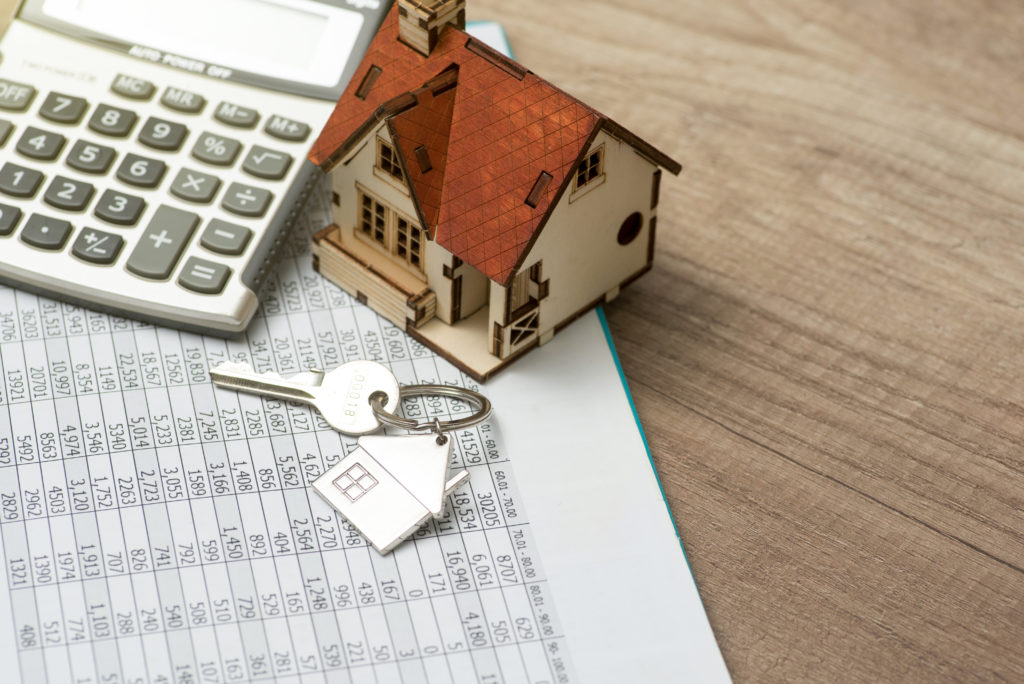If you're planning on buying a new home then one of the first things you will have to do is save.
While you will need to have your overall finances in order to get a mortgage, no matter how much you earn you'll require at leats a 10% deposit to purchase a home if you're a first-time buyer.
This amount rises to 20% for second and subsequent buyers and can be up to 35% for investors.
The amount of the deposit required depends on what type of buyer you are and what type of property you are buying.
Here MyHome.ie outlines the various deposits required by each buyer:
First-Time Buyers
First-time buyers require a deposit of 10% of the purchase price in order to get a mortgage. Don't forget that you will also need to budget 1% for stamp duty and around €2,500 for legal fees. For example, if you are buying a property for €300,000 then you will need to have a total of €35,500 available to cover the deposit and associated costs.
In order to be eligible for the 10% deposit requirement all parties on the application need to be buying for the first time.
Second and Subsequent Buyers
Second and Subsequent Buyers require a deposit of 20% of the purchase price (plus stamp duty and legal fees). Banks are allowed to lend up to 90% of the purchase price to second and subsequent buyers, with each lender subject to a quota of 20% of annual mortgage lending above 80% loan-to-value. Such exceptions are subject to availability and to each lender's own criteria.
Non-Resident Mortgages
It is possible for non-resident Irish borrowers to get a mortgage for a holiday home, investment property or a family home which they intend to move home to in the following years. Generally the maximum loan-to-value is 65% (i.e. a deposit of at least 35% is required). Beyond that, the lend criteria are very strict. One such example is that applicants earning in a non-euro currency will have their deposit discounted by 20% to allow for possible adverse currency fluctuations.
Investment Mortgages
Investment or buy-to-let mortgages require a larger deposit. Investors must contribute a deposit of 30% of the purchase price. Again, lenders are allowed to make some exceptions whereby a maximum of 10% of buy-to-let mortgages can be above 70% loan-to-value. However, in practice the banks currently limit the maximum loan to 70% LTV.







